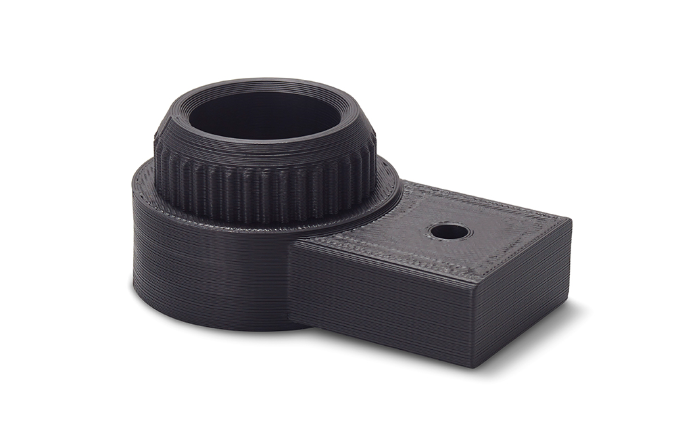Modeling (FDM), or Fused Filament Fabrication (FFF), is an additive manufacturing process that belongs to the material extrusion family. In FDM, an object is built by selectively depositing melted material in a pre-determined path layer-by-layer. The materials used are thermoplastic polymers and come in a filament form. FDM is the most widely used 3D Printing technology: it represents the largest installed base of 3D printers globally and is often the first technology peopleware exposed to. Support structure is essential for creating geometries with overhangs in FDM. The melted thermoplastic cannot be deposited on thin air. For this reason, some geometries require support structure.
Support structure is essential for creating geometries with overhangs in FDM. The melted thermoplastic cannot be deposited on thin air. For this reason, some geometries require support structure FDM parts are usually not printed solid to reduce the print time and save material. Instead, the outer perimeter is traced using several passes, called the shell, and the interior is filled with an internal, low-density structure, called the infill. FDM parts can be finished to a very high standard using various post-processing methods, such as sanding and polishing, priming and painting, cold welding, vapor smoothing, epoxy coating and metal plating.

 Speed
Speed Accuracy
Accuracy Affordability
Affordability Ease of Use
Ease of Use
 Scaling
Scaling